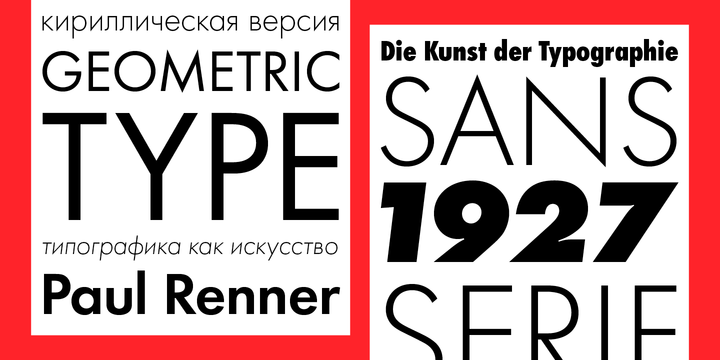Futura Light Cyrillic
Posted : adminOn 3/23/2018
Futura PT font download - ParaType Fonts Futura PT font Futura was designed for Bauer company in 1927 by Paul Renner. This is a sans serif face based on geometrical shapes, representative of the aesthetics of the Bauhaus school of the 1920s-30s. Issued by the Bauer Foundry in a wide range of weights and widths, Futura became a very popular choice for text and display settings. Originally Cyrillic version of eight styles was developed at ParaType (ParaGraph) in 1995 by Vladimir Yefimov. Additional Cyrillic styles were developed in 2007 by Isabella Chaeva. Simultaneously the old eight styles were partly revised to match the whole family.
Now the new Futura is a uniform type system consisting of seven weights with corresponding obliques and eight condensed styles. All these fonts are coordinated in letterforms, metrics, and weights in order to better work together. Futura New Light, Futura New Light Oblique, Futura New Book, Futura New Book Oblique, Futura New Cond Book, Futura New Cond Book Oblique, Futura New Medium, Futura New Medium Oblique, Futura New Cond Medium, Futura New Cond Medium Oblique, Futura New Demi, Futura New Demi Oblique, Futura New Heavy, Futura New Heavy Oblique, Futura New Bold, Futura New Bold Oblique, Futura New Cond Bold, Futura New Cond Bold Oblique, Futura New ExtraBold, Futura New ExtraBold Oblique, Futura New Cond ExtraBold, Futura New Cond ExtraBold Oblique Futura PT font is a part of ParaType Library. ParaType allows you to use the Futura PT typeface on up to five CPUs and one printer connected with these CPUs. If you need a multiuser font license, please contact us by email at fonts@paratype.com. Do you need any help in format/platform selection? View our section. . El Almanaque De Las Mujeres Pdf.
Shaar (Extra Bold, Extra Bold Italic) Tommy Thompson (Extra Bold Italic) Date created 1927 Futura is a designed by and released in 1927. It was designed as a contribution on the -project. It is based on geometric shapes, especially the circle, similar in spirit to the design style of the period. It was developed as a typeface by the, in competition with 's seminal typeface of 1926. Futura has an appearance of efficiency and forwardness.
Futura is a typeface designed by Paul Renner, and is available for Desktop, Web, DigitalAds, App, ePub, and Server. Try, buy and download these fonts now! How Does Americorps Vista Work here. The best website for free high-quality Futura Light C Cyrillic fonts, with 40 free Futura Light C Cyrillic fonts for immediate download, and 62 professional Futura. Contrary to popular thinking, the Futura typeface was neither conceived at Germany’s Bauhaus nor decreed as the quintessence of the design school’s teac.
Although Renner was not associated with the, he shared many of its idioms and believed that a modern typeface should express modern models, rather than be a revival of a previous design. Renner's design rejected the approach of most previous sans-serif designs (now often called ), which were based on the models of signpainting, condensed lettering and nineteenth-century serif typefaces, in favour of simple geometric forms: near-perfect circles, triangles and squares. It is based on strokes of near-even weight, which are low in contrast.
The lowercase has tall ascenders, which rise above the cap line, and uses nearly-circular, single-storey forms for the 'a' and 'g', the former previously more common in handwriting than in printed text. The uppercase characters present proportions similar to those of classical. The original metal type showed extensive adaptation of the design to individual sizes, and several divergent digitisations have been released by different companies. Futura was extensively marketed by Bauer and its American distribution arm by brochure as capturing the spirit of modernity, using the German slogan 'die Schrift unserer Zeit' ('the typeface of our time') and in English 'the typeface of today and tomorrow'. It has remained popular since. The New Bella Vista Hotel. Original drafts of Futura had more abstract variant designs for several letters, such as a two-story lowercase 'a' (left, compared to Futura's standard one-story 'a' at right).
Paul Renner began sketching his letters that would become Futura in 1924; the typeface was available for use three years later. Matrices for machine composition were made. Despite its clean geometric appearance, some of Futura's design choices recalled classic serif typefaces.